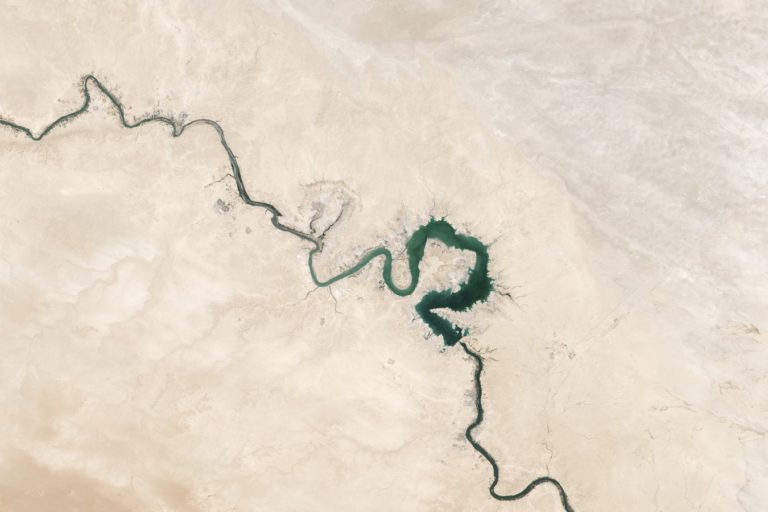Scott Ferguson explores the implications of Modern Monetary Theory (MMT) for contemporary metaphysics and aesthetics. He asserts that only MMT can rescue society from neoliberal austerity by realizing the potential of money as a boundless public resource with an infinite capacity to serve human and environmental needs. In order to explain the resistance to MMT, Ferguson retraces the prevailing understanding of the money form to the political crises of the fourteenth-century republic of Florence. He presents the art of the Florentine renaissance as a response to these crises and the expression of the obsession with haecceity, or ‘thisness’, which has obscured money’s restorative potential for centuries. He also suggests that the sacramental theology of the thirteenth-century Dominican friar St. Thomas Aquinas offers a potential path out of the intellectual blind alley of haecceity, towards a just, tolerant, and ecologically sustainable future.
Keyword: money
Review of Portfolio Society: On the Capitalist Mode of Prediction by Ivan Ascher (MIT Press)
As Ivan Ascher shows in his book “Portfolio Society,” since the mid-twentieth century capitalism’s developed world has found itself increasingly dependent on a system of money in itself as determinant of value—a system of credit and debt, of perceived risks and predictions.
Money as Medium, Speculation and Scrypt
Although they intervened on a culture of financialization in two very different ways, both Speculation and scrypt explore the intersection of money with the history of media, imperialism, colonialism, and computation. If capitalism is a kind of computer, a difference engine propagating vectors of exchange, these projects attempted to reprogram its operations. Apart from exploring the homology between money, language, computation, and philosophies of abstraction, Speculation and scrypt engage in collaborative practices that interrupt forms of classroom pedagogy based around the concept of the neoliberal individual (and neoliberal university). When money is pursued not for profit, but play, and when money is transformed from a medium of exchange to a medium for artistic practice, these two moneygames make invisible hands visible.

